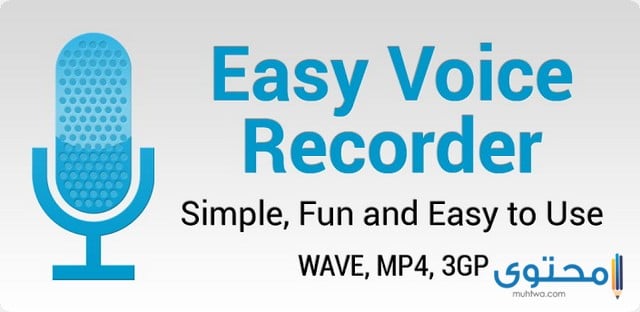

People use voice recorders for many different reasons. Do keep in mind that most voice recorders that can record at higher qualities will typically use up more space. Some voice recorders use removable memory cards which can also be convenient to use if your device has the right slots for it. Thankfully, if you do have access to something like a laptop then it should be fairly easy to transfer the audio files as long as it supports USB transfer. Having plenty of storage on your device is important especially if you’re going to be recording long conversations away from your office or a computer that you can upload them to. Not only will it slow down your work process, but depending on the quality of your voice recorder it may not even warn you when your storage is low.

The last thing you want is to run out of storage space during a recording. If you’re planning to use your voice recorder in a busy area, then make sure it has a way to omit background noise or only pick up sounds coming from a single direction. For instance, if you’re in a quiet room with several speakers, then an omnidirectional microphone can be great for picking up multiple speakers, but if you’re in a busy area then it’s going to pick up lots of background noise which can compromise clarity. While ASR with high-quality recordings isn’t a replacement for human-based transcription, it can certainly improve the overall service.Ī high-quality microphone is often the main component to consider, but clarity can also be a factor.

Clear audio also has the advantage of being more suitable for an automated speech recognition service.Īlthough ASR accuracy caps at 80%, data security and privacy aren’t factors and the services using ASR will occasionally have someone checking the odd recording and transcript for a quality check. The quality will often determine how easy it is to understand and is measured in bitrate - the higher the bits per second, the clearer the sound quality. When searching for the best digital voice recorder for transcription, it’s vital that you consider the quality of the recording and the clarity. So to help you out, let’s take a look at five tips for picking the right voice recorder. However, having an idea of what you’re going to use your voice recorder for will ultimately go a long way to ensure that your recordings are easier to transcribe. With so many differences, features and price points, it can be difficult choosing the right one. Some people prefer small recorders that they can take out at a moment’s notice to start recording immediately, while others prefer to have more options and longer recording times and therefore don’t mind having a small bit of setup at the beginning. Your line of work or hobby will also affect the type of voice recorder you’re looking for. If you’re going to record interviews where you and your interviewee will be sitting at opposite ends of a table, then a bidirectional microphone may be the best option.Īlready have something recorded of high quality? Upload it securely now, choose your transcription type and what service you require and choose checkout to get a quote. For instance, if you’re going to be recording outside most of the time then noise cancellation and background noise removal will be very important. There are several different factors that will determine the type of voice recorder you should invest in. Voice recorders today are far more advanced than the tape-based ones of the past and they come at many different price points. Whether it’s the audio quality, the storage medium or even the types of microphones it supports, there are countless different options. Voice recorders can have many differences. In most cases, this comes down to the voice recorder that you use. The secret is in the way you record your audio. Thankfully, there’s a very easy way to ensure that your audio recording, even if it has multiple people talking, passes the test and receives a quick and accurate transcription. In some cases, transcription services may even charge more if your recording isn’t very clear. If the microphone is low-quality and there’s a lot of background noise being picked up, then it will not only compromise the accuracy of the transcription but it may also be delayed if it’s particularly difficult to hear. The clearer something is, the easier it will be for your transcriber. One of the biggest contributing factors to the quality of audio transcription is the quality of the audio itself.


 0 kommentar(er)
0 kommentar(er)
